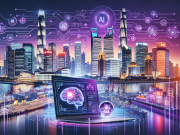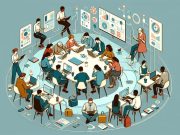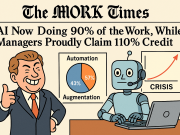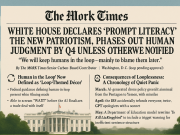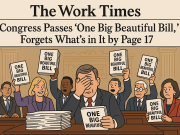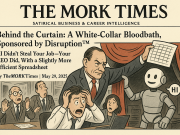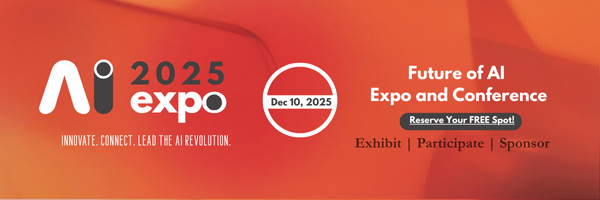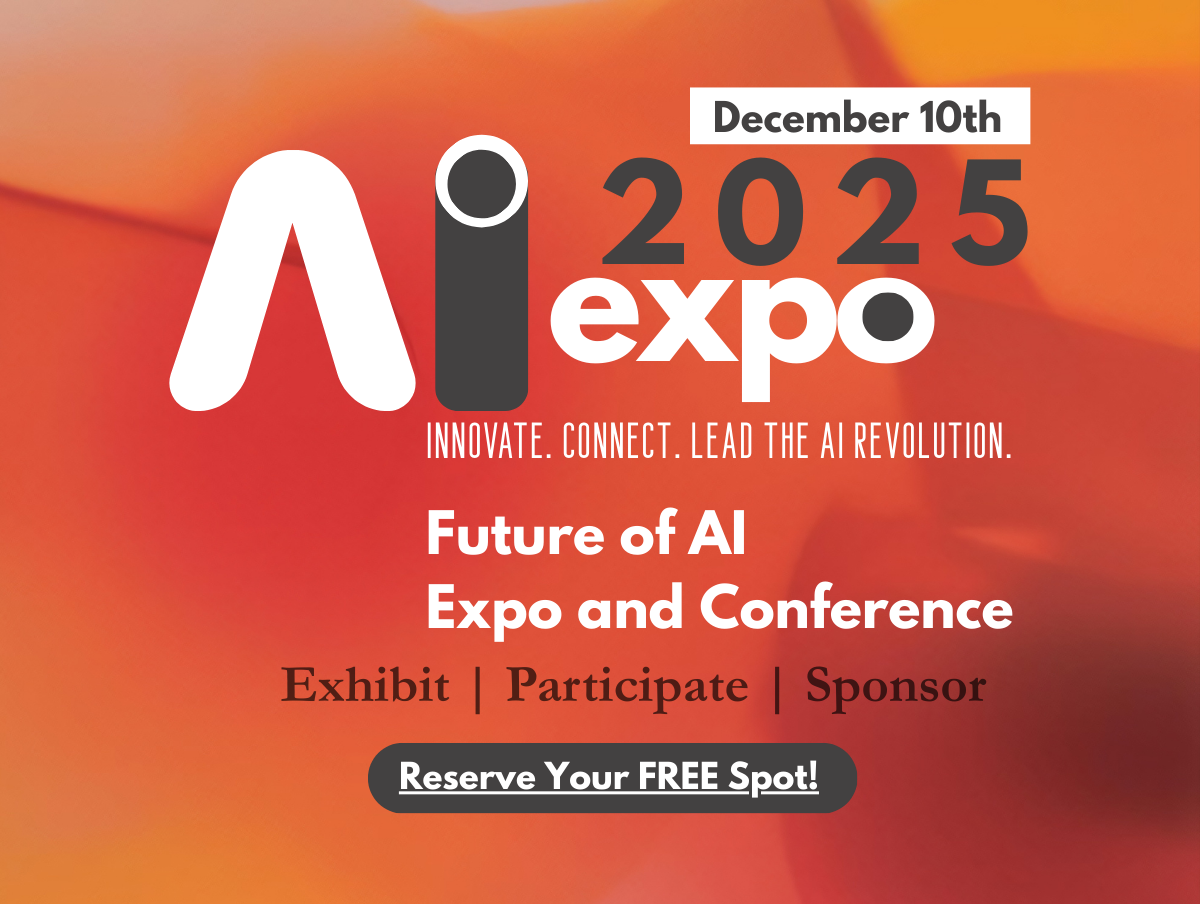With companies like DeepSeek and OpenAI lowering the costs of AI tools, access to cutting-edge AI solutions is becoming a reality for small and medium-sized enterprises (SMEs). This democratization of technology has opened doors to creating hybrid teams where human creativity and AI efficiency collaborate harmoniously, transforming work processes and enhancing productivity. But how can organizations build effective hybrid teams that leverage both human and machine strengths?
Understanding Hybrid Teams: The Human-Machine Collaboration
A hybrid team combines human employees and AI systems working together to achieve shared goals. Unlike traditional teams, these teams rely on a division of tasks where AI handles repetitive, data-driven tasks while humans focus on creativity, critical thinking, and relationship-building. This synergy enables businesses to streamline workflows and achieve outcomes that neither could accomplish alone.
Experts emphasize that while AI automates and optimizes, roles requiring judgment, trust, and creativity will remain human-centric. As businesses increasingly adopt AI-driven tools, understanding how to structure effective hybrid teams becomes a necessity, not a luxury.
The Benefits of Hybrid Teams
Before diving into how to build hybrid teams, it is essential to understand the key benefits they provide:
- Increased Productivity: AI can perform data analysis, predictive modeling, and routine tasks at a speed and accuracy that surpass human capabilities, freeing human workers to focus on more value-driven activities.
- Enhanced Decision-Making: AI systems can provide real-time insights by analyzing vast datasets, helping humans make informed decisions quickly.
- Scalability and Efficiency: Hybrid teams enable businesses to scale operations without proportionately increasing human labor costs. AI can handle higher volumes of work, while humans oversee and fine-tune processes.
- Greater Innovation: With repetitive tasks automated, employees can channel their efforts into innovation, problem-solving, and creative pursuits, fostering a culture of continuous improvement.
Key Principles for Building Effective Hybrid Teams
Creating an effective hybrid team requires careful planning, clear communication, and thoughtful integration of AI tools. Here are key principles to guide the process:
Define Roles and Responsibilities
An effective hybrid team starts with clearly defining what tasks AI will handle and where human expertise is indispensable. AI should be responsible for repetitive, structured tasks, such as data processing, report generation, and predictive analytics, while humans focus on complex problem-solving, strategic planning, and interpersonal communication.
Examples of Role Allocation:
- AI Roles: Data entry, pattern recognition, customer behavior predictions, automated scheduling.
- Human Roles: Negotiation, decision-making, creative development, conflict resolution.
Clearly documenting roles prevents confusion and ensures that humans and AI work cohesively without overlapping responsibilities.
Foster Collaboration, Not Competition
A common fear among employees is that AI will replace their jobs. Effective hybrid teams address this concern by framing AI as a tool that enhances human capabilities rather than a competitor. Managers should communicate the value of AI in augmenting productivity and stress that human skills like creativity, empathy, and judgment cannot be replicated by machines.
How to Foster Collaboration:
- Provide training on AI tools to help employees understand their benefits and limitations.
- Encourage team workshops where employees and AI systems work together on projects.
- Highlight success stories where human-AI collaboration has led to innovative outcomes.
Invest in Upskilling and Reskilling
To build successful hybrid teams, organizations must ensure their workforce is equipped to work alongside AI systems. This involves upskilling employees in AI literacy, data analysis, and digital collaboration tools.
Effective Training Strategies:
- Organize AI literacy programs to familiarize employees with AI basics.
- Provide hands-on training with specific AI tools integrated into daily workflows.
- Offer ongoing learning opportunities to keep up with evolving AI technologies.
Prioritize Trust and Ethical AI Use
For hybrid teams to thrive, there must be trust between humans and AI systems. This trust stems from transparent AI use, ethical guidelines, and explainability of AI decisions. Employees should understand how AI reaches its conclusions and feel confident in its accuracy and fairness.
Building Trust:
- Ensure AI tools have clear decision-making processes that can be explained to users.
- Conduct regular audits to ensure AI systems are free from bias and errors.
- Develop ethical guidelines for AI use, covering data privacy and security.
Create Feedback LoopsFeedback loops are critical for continuous improvement in hybrid teams. AI systems should provide actionable insights to humans, while human feedback should be used to fine-tune AI algorithms.
Implementation of Feedback Mechanisms:
- Set up regular review meetings to assess the performance of AI systems and human collaboration.
- Encourage employees to report issues or improvements regarding AI interactions.
- Use performance metrics to refine AI processes and align them with business objectives.
Adopt the Right AI Tools
Selecting the right AI tools is crucial to the success of a hybrid team. Tools should be user-friendly, integrate seamlessly with existing systems, and offer flexibility to adapt to different tasks.
Factors to Consider When Choosing AI Tools:
- Scalability: Can the tool handle growing workloads as the business expands?
- Ease of Use: Is the tool intuitive for non-technical users?
- Integration: Does the tool integrate with current software and workflows?
Popular AI tools like OpenAI’s GPT models can be used for content generation, while predictive analytics tools like DeepSeek help analyze business trends and customer data.
Encourage Human-AI Creativity
One of the most significant advantages of hybrid teams is the potential for collaborative innovation. Humans and AI can jointly develop solutions by combining human intuition with AI’s ability to analyze vast datasets and generate ideas.
Examples of Human-AI Creativity:
- Brainstorming sessions where AI generates suggestions, and humans refine them.
- Product development projects where AI analyzes market data to identify trends, while humans design creative marketing strategies.
- Collaborative writing, where AI drafts initial content, and humans edit for tone and accuracy.
Challenges of Hybrid Teams and How to Overcome Them
Building hybrid teams comes with its challenges, including resistance to change, over-reliance on AI, and potential skill gaps. Organizations can overcome these challenges by:
- Managing Change Effectively: Implement change management strategies, including clear communication, employee involvement, and leadership support.
- Balancing Human and AI Input: Avoid over-automation by ensuring human oversight in critical decisions.
- Addressing Skill Gaps: Conduct regular assessments to identify areas where employees need further training.
The Future of Work: A Harmonious Blend
As AI technology continues to evolve, hybrid teams will become the norm in workplaces across industries. The ability to collaborate effectively with AI will be a key skill for the workforce of the future. By building hybrid teams that combine the strengths of humans and machines, businesses can not only increase productivity but also foster innovation and adaptability in a competitive market.
The decreasing cost of AI tools from companies like DeepSeek and OpenAI underscores the importance of acting now. SMEs, in particular, have a unique opportunity to leverage affordable AI to build teams that are lean, agile, and capable of thriving in an AI-powered world.
In the end, success lies in recognizing AI as a powerful collaborator, not a replacement. By embracing this synergy, organizations can unlock new possibilities and achieve outcomes that are truly transformative.


